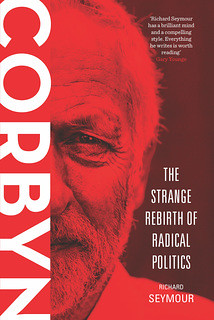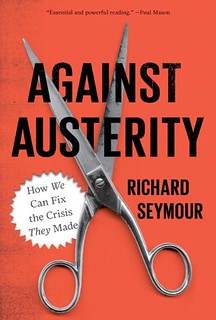Friday, June 18, 2004
Class Bias in the Media: The Invisible Poor. posted by Richard Seymour
From the latest Colombia Journalism Review :The class divide between journalists and the poor and working-class Americans many of us claim to write for and about is real, though it has little to do with political ideology and is more complicated than the faux populists of the Right would have us believe. Russell Baker, the former New York Times columnist, got closer to the mark in the December 18 issue of The New York Review of Books. “Today’s top-drawer Washington news- people . . . belong to the culture for which the American political system works exceedingly well,” he wrote. “The capacity for outrage had been bred out of them.”
So much for comforting the afflicted and afflicting the comfortable. As Baker points out, we are the comfortable. The demographics confirm it. We are part of the professional class, reasonably affluent and well educated. By 1996, for example, the last time the American Society of Newspaper Editors conducted a broad survey of the U.S. newsroom, 89 percent of journalists had finished college. Meanwhile, only 27 percent of all Americans have four or more years of college, according to the latest census.
Yet numbers alone can’t explain the uneven and often subtle contours of this story. The press has the power to shape how people think about what’s important, in effect to shape reality. But whose reality is being depicted? This is how the class divide between journalists and a large swath of the populace comes into play. Just one example: Andrew Tyndall, a media analyst who began measuring the evening newscasts of ABC, CBS, and NBC in 1987, finds that since then coverage of economic issues has steadily skewed away from stories of poverty and toward stories concerning wealth. Thus, the poor have become increasingly invisible. The Catholic Campaign for Human Development, the social justice arm of the U.S. Conference of Catholic Bishops, reported in 2002 that its annual survey of American attitudes toward poverty showed that “the general public substantially underestimates the dimensions of poverty in the United States.” Most respondents, it said, “maintained that poverty affects some one million people in this country.” The real number is thirty-five million.
Hence, Newsweek's infamous front cover, "The Whine of '99: Everyone's getting rich but me!" . Hence Money Magazine's "Everyone's Getting Rich", and hence CNN :
"Behind the mind-boggling wealth of Bill Gates, there are more billionaires and millionaires than every before, and it might seem as if everyone you know is in on the action. Are you being left behind? If so, how can you get your share? And, when you do, is it going to be enough?"
Incidentally, the author of that atrocious Newsweek cover story is Adam Bryant, a former business reporter for the New York Times, and he offered some interesting advice to people looking to have enough money for their retirement. One gets the impression he has never lived in what is colloquially known as a "project".










